Introduction
Located in Ōta-machi, Toyama City, Toyama Prefecture, Tachio Shrine once played an important role in Tateyama faith. It is counted among the “Tateyama Seven Shrines”, and throughout the Edo period it served as the western gateway where all pilgrims coming from the west had to stop before heading to Tateyama.
To reach the shrine, you pass through a tunnel of trees.
Cherry blossoms and maple trees line the path, making it especially beautiful in spring and autumn when the colors change.
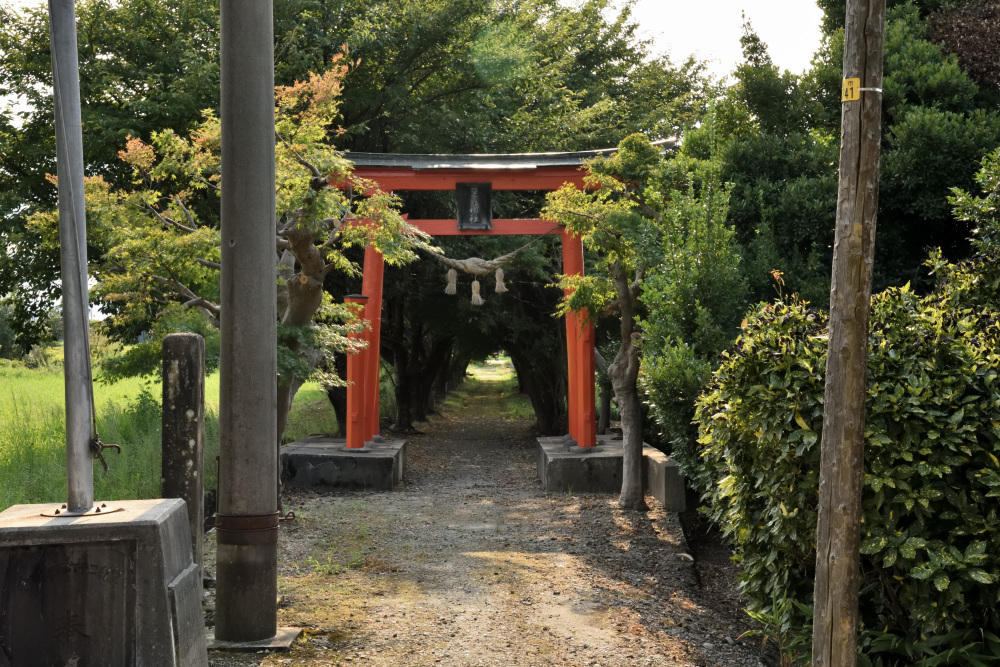
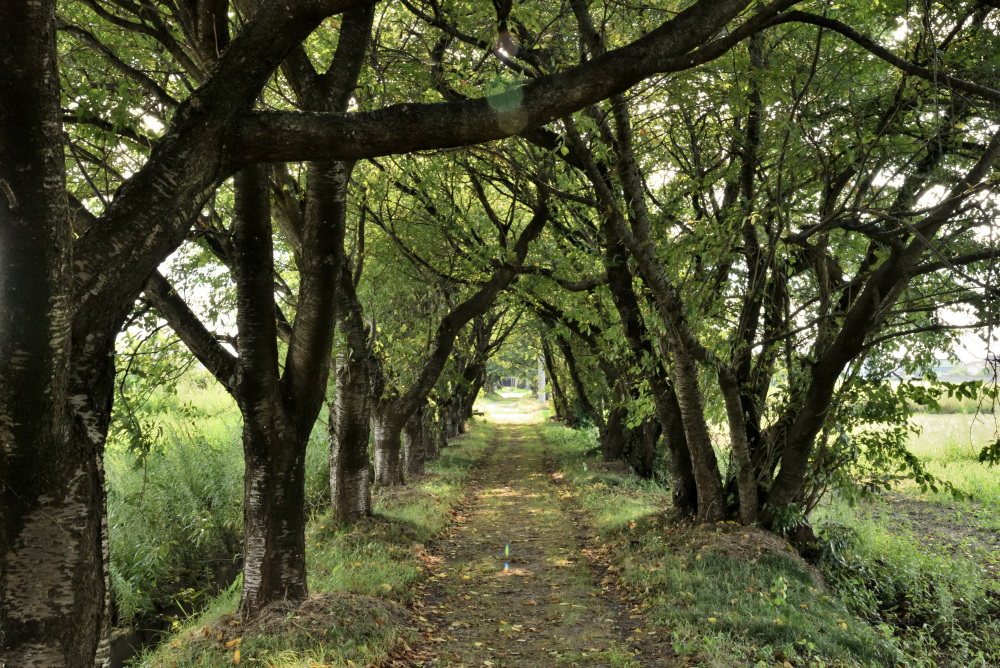
After emerging from the tunnel, you briefly come out onto a road, but the surrounding rice fields give you a sense of Japan’s original rural landscape.
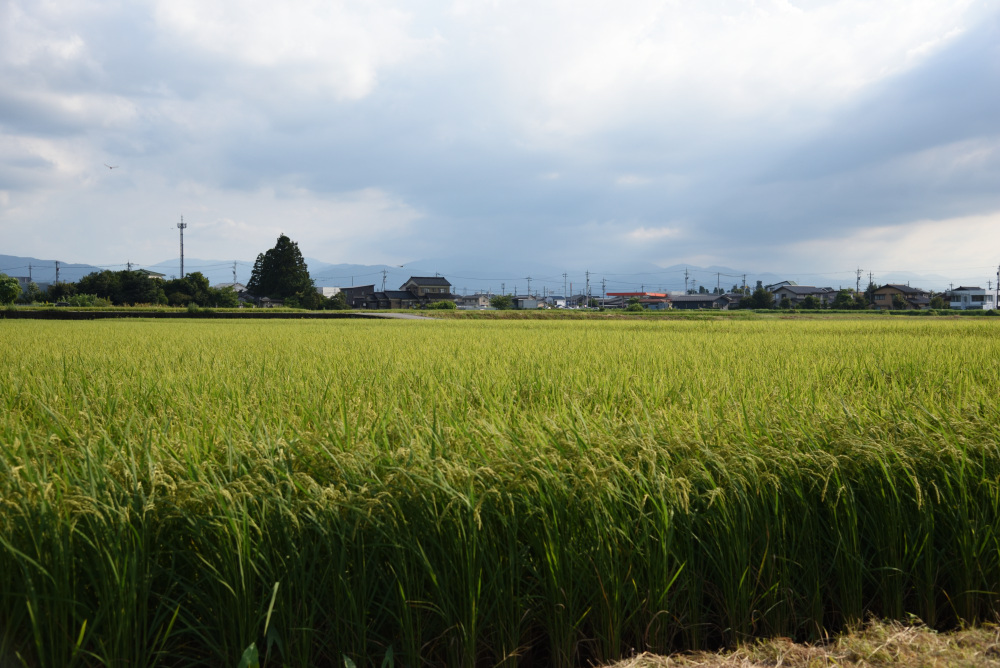
Passing through another torii gate and walking once more between the trees, you finally arrive at the main shrine.
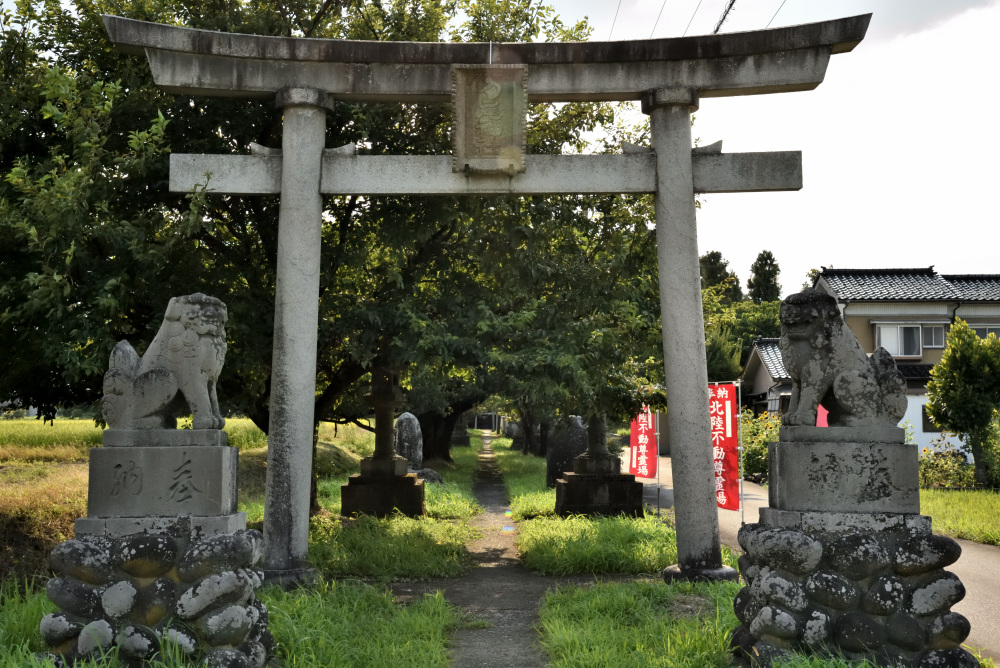
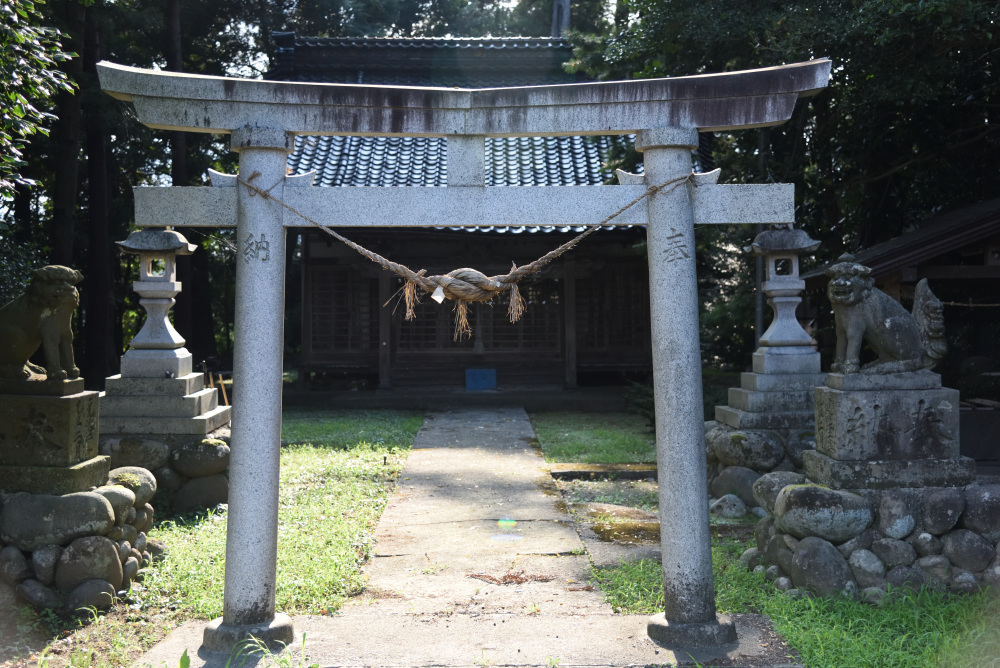
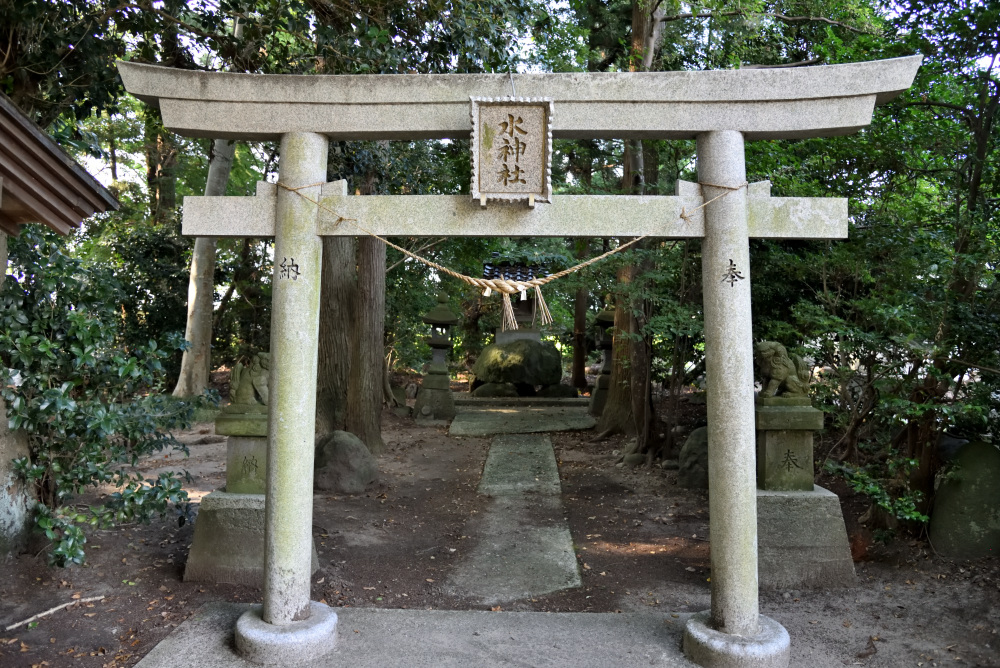
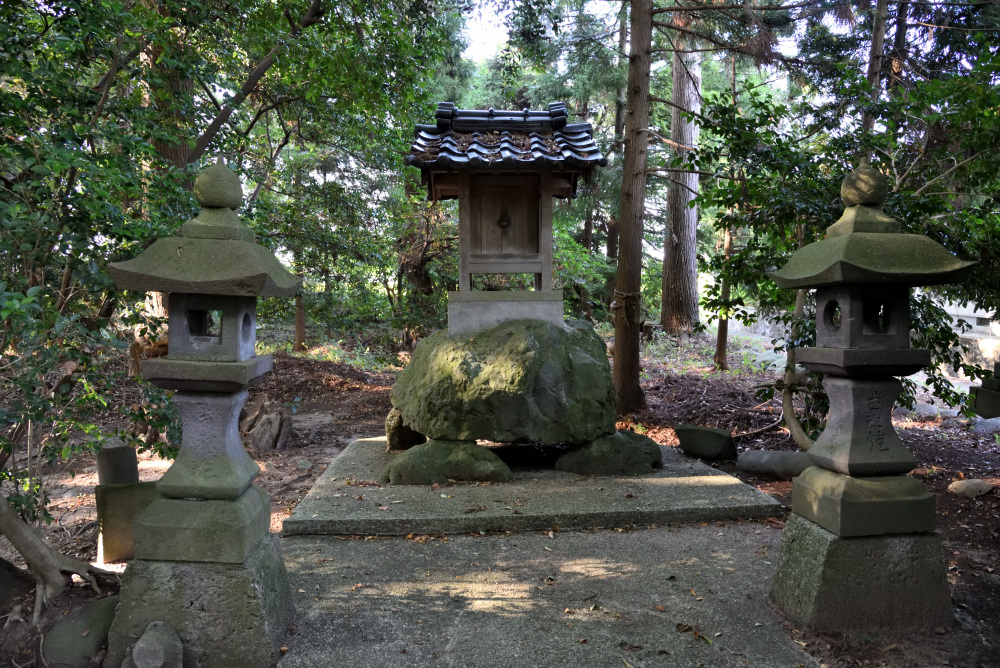
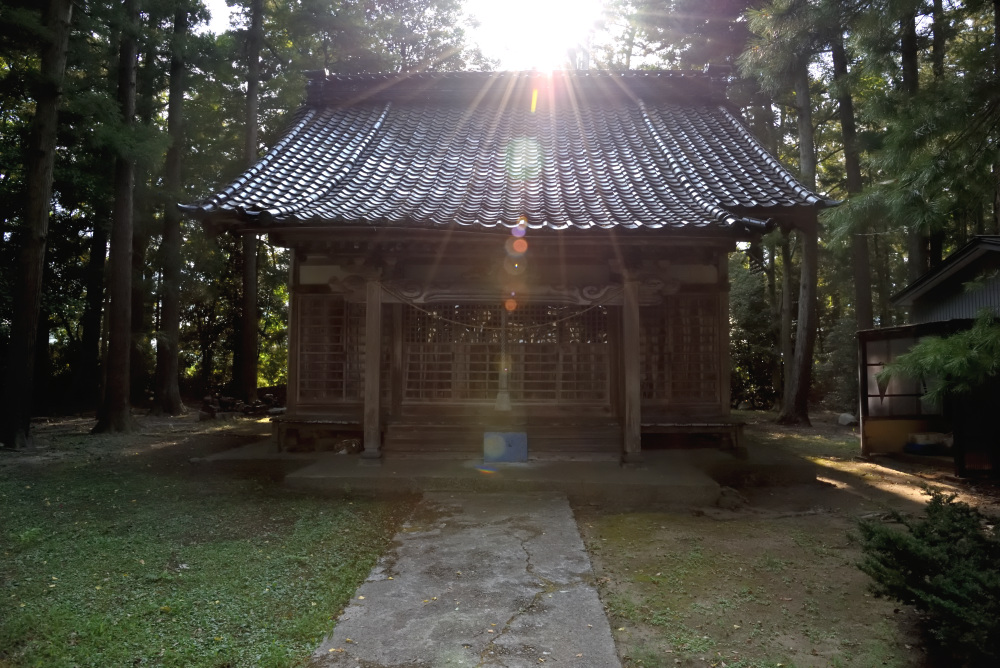
The offertory box is unusually made of metal, which makes it quite charming.
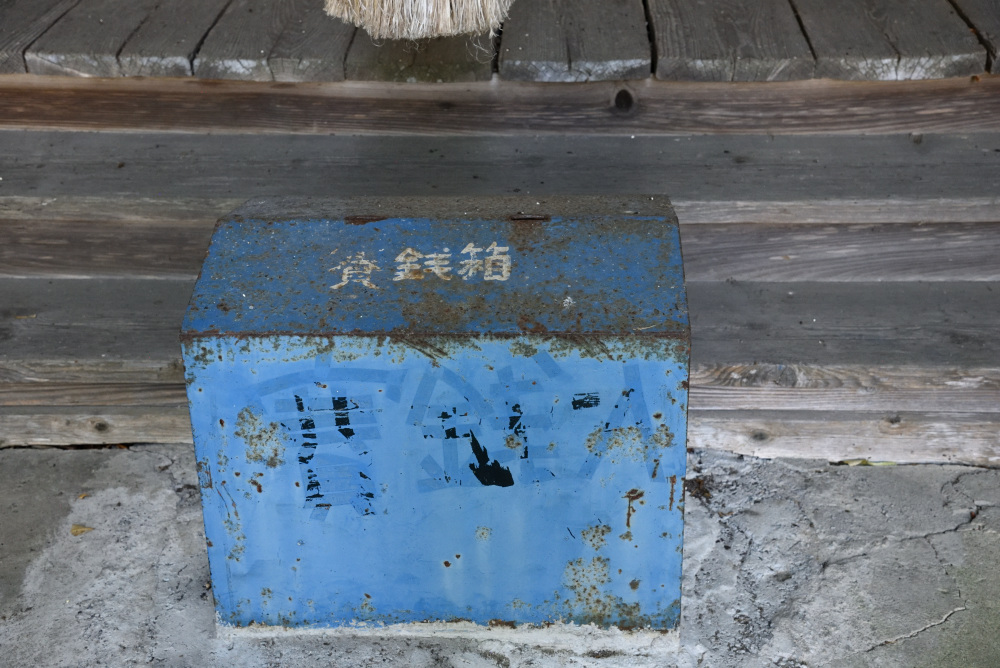
History
A Shrine Welcoming Edo-period Pilgrims
For people in the Edo period, climbing Tateyama was considered a once-in-a-lifetime spiritual journey. Pilgrims from the western regions would first worship at Tachio Shrine, purify themselves, and only then continue their journey toward the sacred mountain. In this way, Tachio Shrine marked the spiritual starting point of the Tateyama pilgrimage.
The Red “Ryōbu Torii” and Its History
One of the shrine’s most iconic features is its red-painted Ryōbu Torii gate.
During the Edo period, all shrines related to the Tateyama faith had wooden Ryōbu Torii painted in red. Over time, however, most of them disappeared. Today, the Ryōbu Torii at Tachio Shrine is the last surviving example and also the largest of its kind.
What is a Ryōbu Torii?
A Ryōbu Torii is a type of shrine gate distinguished by its complex structure, with additional supporting posts in front and behind the main pillars. They were often built in the era of syncretism between Shinto and Buddhism, giving the shrine grounds a solemn and harmonious atmosphere.
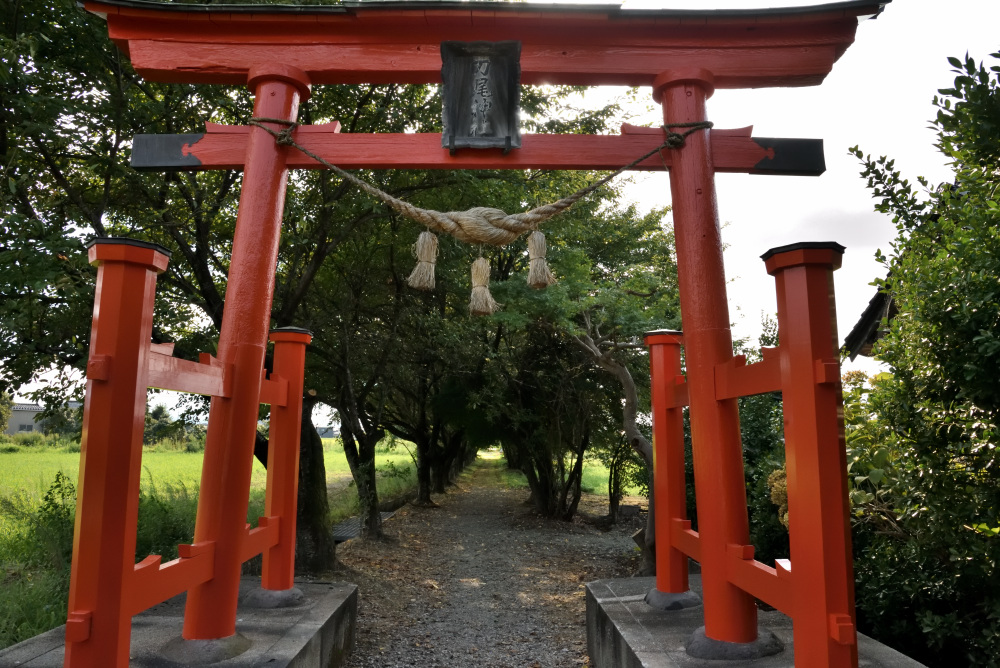
What Are Sessha and Massha?
Sessha and Massha are auxiliary shrines connected to a main shrine:
- Sessha (摂社): Shrines dedicated to deities closely related to the main enshrined kami.
- Massha (末社): Smaller shrines with a weaker but still significant connection.
In the Tateyama faith, many sessha and massha were built to support the main shrine. Worshippers would visit them along the way to prepare spiritually for their main pilgrimage. Tachio Shrine was one of the most prominent of these.
Tachio Shrine Today
Today, the shrine blends quietly into a rural townscape, and almost no visitors come to worship. Yet the red Ryōbu Torii still stands, a rare and invaluable remnant that vividly conveys the history of Tateyama faith. Its tranquil atmosphere offers a unique chance to feel the weight of history away from the crowds.
✦ Summary
Tachio Shrine once served as the western gateway for pilgrims to Tateyama, welcoming countless travelers during the Edo period. Its red Ryōbu Torii, the last and largest of its kind, continues to bear witness to the rich history of the Tateyama faith. Though little visited today, this hidden shrine offers a quiet place to connect with Japan’s spiritual heritage.

